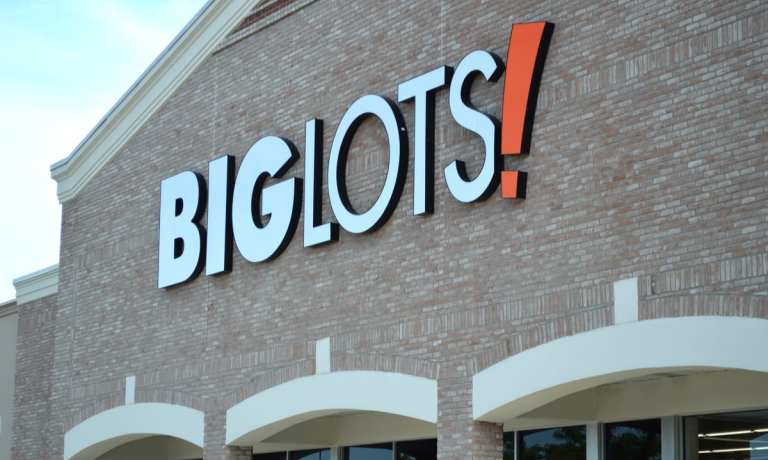
Big Lots will continue its “extreme bargains” campaign into 2024 as it looks to improve sales.
The discount retailer on Thursday (March 7) released earnings that showed its comparable sales down 8.6%, following a 13.2% drop in the prior quarter.
Back then, President and CEO Bruce Thorn spoke of the need “to get more extreme bargains, closeouts, if you will, high-quality closeouts” to boost sales. Now, the company is aiming to make those discounted offerings account for the bulk of its sales.
“We expect to significantly grow our bargains penetration to 75% of our sales and within that have an expanded assortment of extreme bargains,” Thorn said during a Thursday morning earnings call.
“These extreme bargains create a more exciting treasure hunt experience, which will keep our customers coming back to our stores and help drive comparable sales growth.”
During the most recent quarter, those bargain items accounted for nearly 60% of the company’s sales, Thorn said.
“We achieved this by procuring products from over inventoried and distressed retailers and vendors and through new factory direct sourcing partners domestically and overseas,” he said, noting that sales were strong for food products as well as hair care, cookware, bedding and laundry items.
During the question-and-answer session of the call, an analyst asked how this effort differed from what Big Lots — already known for offering lower prices — was already doing.
“An extreme bargain is going to be priced significantly below the price leaders, everyday low-price leaders, And once again, that can vary by category,” the CEO said.
“You know, a bag of Doritos priced at one of those price leaders, you get a 10% or 20% on that. It’s an extreme bargain. Whereas over in furniture, the way we source direct or get a close from a factory overseas can be up to 50%.”
He added that it “really comes through the customer’s eyes is what she sees as a bargain and extreme bargain.”
The company’s efforts come as rising prices at the grocery store are forcing consumers to rethink spending on nonessentials.
With grocery price inflation outpacing standard inflation rates, nearly 58% of today’s consumers across almost every income bracket say they are cutting back on nonessential spending because of rising costs at the supermarket.
“Nearly half of U.S. consumers earning north of $100,000 each year say they decrease nonessential spending whenever possible,” PYMNTS wrote recently. “Sixty-one percent of consumers earning less than $50,000 annually and nearly two-thirds of those earning between $50,000 and $100,000 each year do the same.”